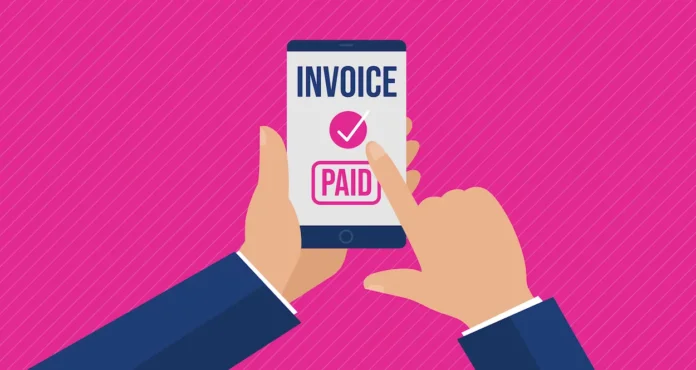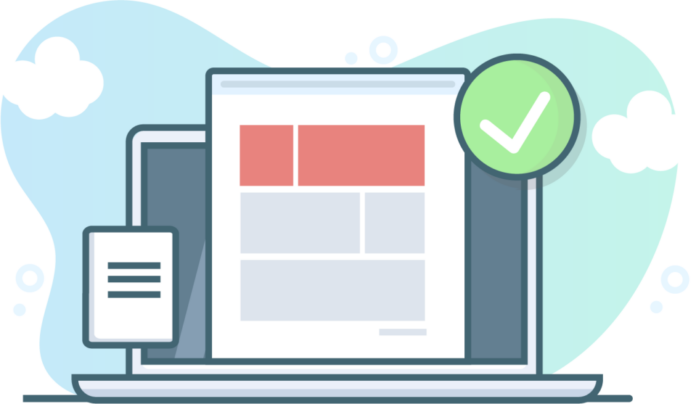A business expense is a company’s cost to produce and sell goods or perform services. Business expenses are inevitable for small and large enterprises. However, you can keep your costs as low as possible to increase your profit margins and run your business effectively.
Here are ten ways to positively manage your company’s spending for business growth and improved profitability.
1. Budget
A budget is a financial plan that forecasts income and expenses over a specified period. It is a valuable tool that compares spending patterns across time and specific items or departments.
Your budget should include your projected cash flow, profit margin, and necessary funding. It will give you an idea of how much you are spending on your company’s expenses and which areas you need to cut back on.
Make a spending plan that helps you to estimate your financial situation in advance. A service like Divvy enables you to create a realistic expenditure plan by examining your company’s spending habits.
2. Automate payments

Automatic bill payment refers to an automatic money transfer that happens on a scheduled date for recurring bills such as bank cards, mortgages, and utility bills. Businesses should integrate automatic payments by using online banking to avoid costly trips to the bank.
Setting up auto payment plans with your suppliers or vendors removes the headache of remembering when to pay. This approach helps you manage your accounts payable, reflecting your ability to pay suppliers on time. Companies that use this approach maintain healthy relationships with their vendors.
Automating payments with Invoice Sherpa not only saves time but also reinforces the reliability and trustworthiness of the business in its financial dealings.
3. Eliminate paper
Paper is a high-cost item for businesses. Businesses can benefit from using technology as it eliminates the need to print, post, and distribute paper documents. For example, managing and distributing documents via email are much more straightforward than printing and posting a hard copy.
Reduce documentation and paperwork using various free and commercial software tools. Moving your documents to digital platforms will help keep you on top of everything, reduce clutter, preserve your business resources, and store data securely.
4. Refine the terms of payment
Evaluate your company’s payment terms and make changes that help you reduce cash outflows and increase profitability. If a company needs a timely payment program, it might have to pay hefty late fees or miss out on more beneficial interest rates if it delays payments.

Seek temporary solutions with your partners to establish more accommodating payment schedules. Negotiating payment terms with your suppliers helps you reduce expenses by postponing payments and getting favorable interest rates.
5. Automate inventory control
Inventory tracking allows businesses to keep track of their stock levels and the buying and selling of all commodities in real-time. Automatically tracking your inventory helps you take control of your stock and cost management.
Automated inventory tracking is a good way for retailers to stay on top of their stock and avoid having extra items on hand that may expire or go out of style. It improves the accuracy of your records and helps prevent overbuying or running out of essential items. You receive alerts on an overstock or shortage of an item, which prevents them from incurring unnecessary costs.
6. Consider managed services
Managed services are a cost-effective alternative to in-house operations. You can outsource vendors specializing in specific fields such as accounting, legal services, or payroll processing.
Using co-managed IT services for financial and administrative processes will enable you to concentrate on areas where your expertise lies. This service accesses external expertise at lower costs than hiring an internal employee with similar skills while allowing you to maintain control over the work performed by your vendors.
7. Compare yourself to your industry

When your business is in the planning stage, consider what your competitors are doing with their money. Identify and understand your industry’s spending trends and determine how to come up with an edge over other businesses.
Spending patterns vary across industries, with some sectors spending more on marketing than others. By benchmarking against similar firms in your industry, you’ll be able to identify trends and better manage your costs and expenses in the long run.
8. Improve your cash flow
Cash flow planning is the process of budgeting and planning for your company’s cash inflows and outflows. This strategy allows you to track your sales and expenses using tools such as cash flow statements.
Managing your cash flow requires effective forecasting. Businesses should evaluate the cash-generating schedule for each of their products or services. This approach allows you to determine your short-term and long-term cash requirements to meet financial obligations.
Managing cash flow allows you to improve profitability by investing excess funds into interest-bearing assets such as mutual funds and treasury bonds. This approach also helps avoid late payments for vendors and staff salaries – a common reason for the insolvency of small businesses.
9. Track your finances digitally

Businesses can keep track of their financial requirements in one location using expense and receipt tracking software. Tracking your accounts receivables (AR) and expenses can allow you to compare the balances to your financial statements.
Accounting software solutions make it easier to see all your expenditures and analyze your spending habits. You can track all your spending categories through digitized invoices.
Companies that use this approach track all their expenses while minimizing misappropriation or error. When your customers pay costs, this program will keep you updated. The accounting software also sends reports to clients with pending bills, allowing them to make prompt payments.
10. Reduce your office space
Consider the square footage of your office space and the number of employees you need to house. You can move from a spacious office to an accommodation that is a better fit for your business and spend less on rent while maximizing resources and giving your company room to grow.
Wrap up
Businesses must consider their spending habits when managing cash flow. Maintaining a high level of profitability without a decline in quality is essential. By automating systems and processes within your company, you can save time and money while improving efficiency and effectiveness.









